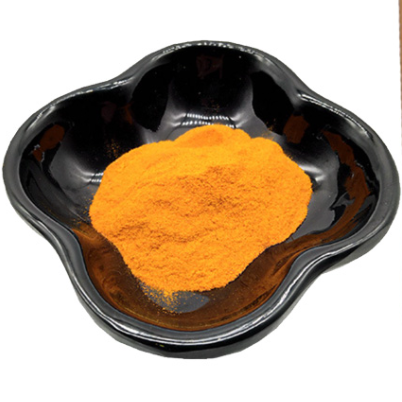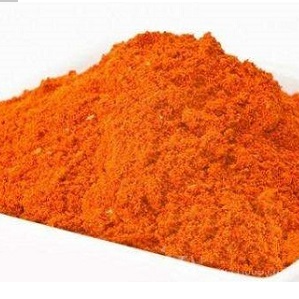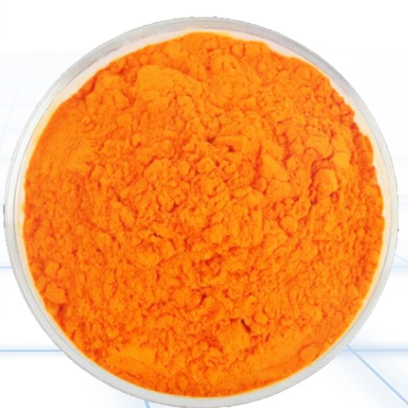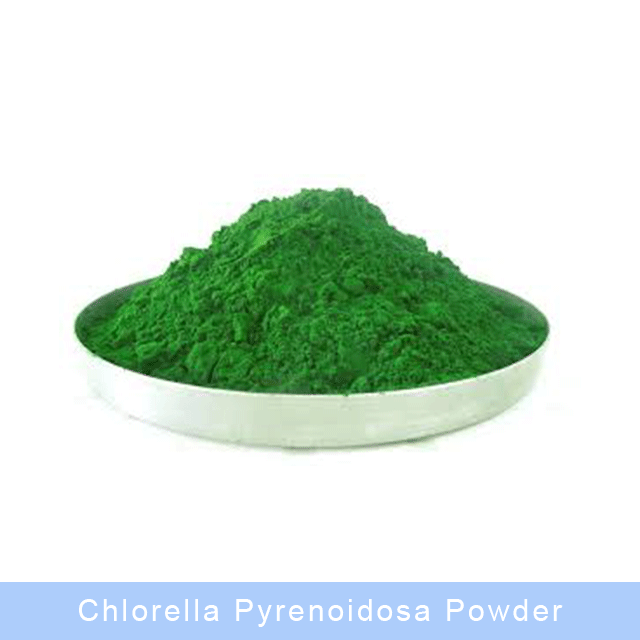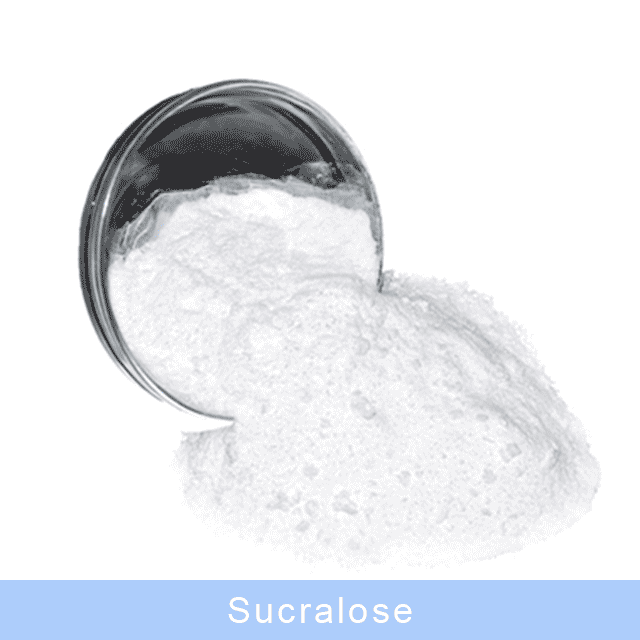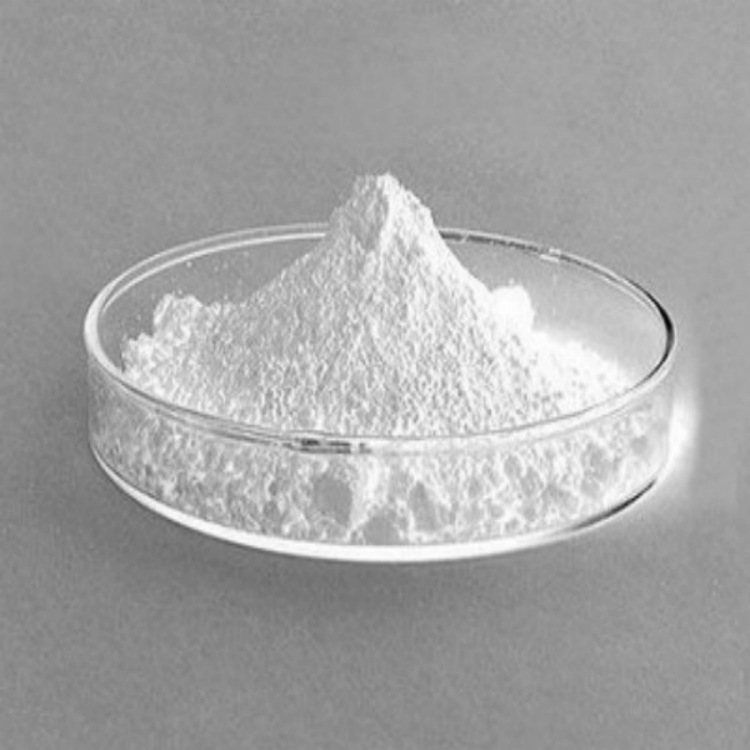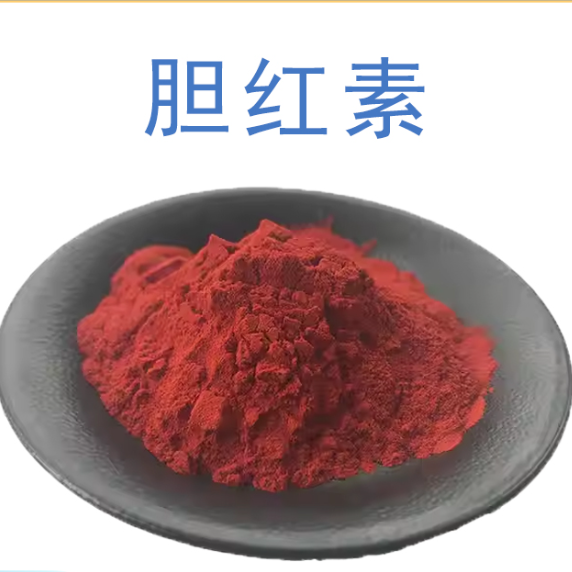Annatto
An edible natural yellow-orange pigment extracted from the seed epidermis of the annatto tree (Bixaorellana, also known as redwood, mainly grown in Brazil, Ecuador, Jamaica, the West Indies, etc.) using food-grade extraction solvents. There are two types of water-soluble and oil-soluble pigments due to different preparation methods. Water-soluble annatto is a red to brown liquid, block, powder or paste. It has a slight odor. The main pigment component is the sodium or potassium salt of norbixin, a hydrolysis product of annatto. It has very good dyeing properties and strong resistance to bleaching agents. It decomposes and fades when exposed to sunlight. It is soluble in water (sodium salt is 3.0g/100ml; potassium salt is 5.6gChemicalbook/100m1), and the aqueous solution is orange to yellow and alkaline. It is slightly soluble in ethanol. It is insoluble in acidic solutions and precipitates after becoming acidic when exposed to acid. There are two types of norbixin (C24H28O4=380.48). Oil-soluble annatto is a red to brown solution or suspension. The main pigment component is annatto, which exists in both cis and trans configurations, but a small amount of norannatto may also exist. Annatto is an orange-purple crystal with a melting point (decomposition) of 217°C. It is soluble in alkaline solutions, but insoluble in acidic solutions, forming a precipitate. It is soluble in animal and vegetable oils, propylene glycol, and acetone, but insoluble in water. It is not easily oxidized.
Related products
-
Food Grade
Chlorella pyrenoidosa powder
-
Food Grade
Sucralose
-
Food Grade
Glutathione
-
Food Grade
Bilirubin

